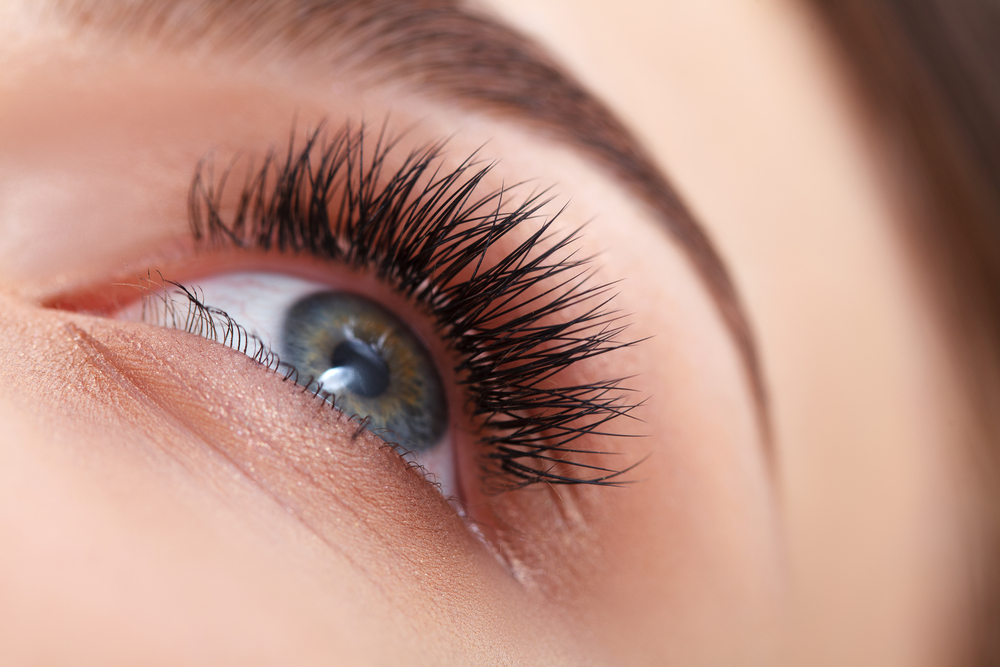
As your body ages, your eyelashes will begin to look shorter and thinner as time goes on. While this may be a normal part of aging, there are treatments available to help you combat aging eyelashes. Since the introduction of Latisse, there has not been a better alternative prescription for sparse eyelashes or hypotrichosis.
While Latisse is still the best option available in growing your eyelashes, it’s essential to understand some basic facts. Here are the most common Latisse questions Hinsdale Vein & Laser hears from potential patients.
What Is Latisse?
Latisse is a prescription ointment that stimulates your natural eyelashes to grow longer and fuller. Bimatoprost, the active drug, was initially used to treat glaucoma. As more patients used it, they noticed their eyelashes became thicker and fuller. This happy accident has been approved by the FDA since 2008 and made available to those who want to improve the look of their natural eyelashes.
When Should It Be Applied?
Latisse should be applied at night for best results. Apply the ointment by dabbing it on the upper lash line each night with the supplied sterile applicators. The ointment then spreads to your lower lash line automatically as you blink. Before application, your face should be clean and makeup free. If you wear contact lenses, it’s also recommended that they are removed prior to Latisse being applied to your lashes.
When Will You See Visible Results?
Most consumers begin to experience noticeable results after 8-10 weeks of nightly use. After 3-4 months, your doctor may recommend a treatment schedule of every two days. To keep your lashes looking great, it’s best to switch to every other day applications. If you stop using Latisse, your eyelashes will gradually return to their former state.
Clinical trial results showed that lashes were:
- 25% longer
- 106% fuller
- 18% darker
Potential Latisse Side Effects
The most common possible side effects are:
- Itching sensation in and/or around the eye
- Eye redness
- Eyelid skin darkening
- Eye irritation
- Dryness of the eyes
- Redness of the eyelids
According to clinical studies conducted before FDA approval, Latisse ointment is safe for most people. You may not be a candidate for Latisse if you have certain eye problems such as uveitis and conjunctivitis, the risk for macular edema, severe skin allergies, or infections of the upper eyelids.
Other Potential Uses For Latisse
Bold eyebrows can transform your face, and they have become increasingly more popular. Recently, many have been experimenting with Latisse on their eyebrows to promote hair growth and thickening of the eyebrows. Just like your eyelashes, Latisse may be able to help you grow your dream eyebrows.
Though Latisse is currently only FDA-approved for the upper eyelashes and we only recommend it for the upper eyelashes, there are many success stories for using Latisse on the eyebrows to grow thicker, darker brows.
Is Latisse Right For you?
The Hinsdale Vein and Laser recommends Latisse as an effective solution to correct abnormally inactive growth of eyelashes, also known as hypotrichosis. If your goal is to achieve healthier and more consistent lash growth, schedule a consultation with our Vein and Laser doctors for a personalized treatment plan.
Dr. Amjad Alkadri recommends Latisse to patients who have sparse lashes, as well as for patients that have lost their eyelashes after chemotherapy. While each person’s condition is different, it’s very likely for you to achieve successful eyelash regeneration with Latisse. Call today to schedule a consultation with Hinsdale Vein & Laser to determine if Latisse is right for you.